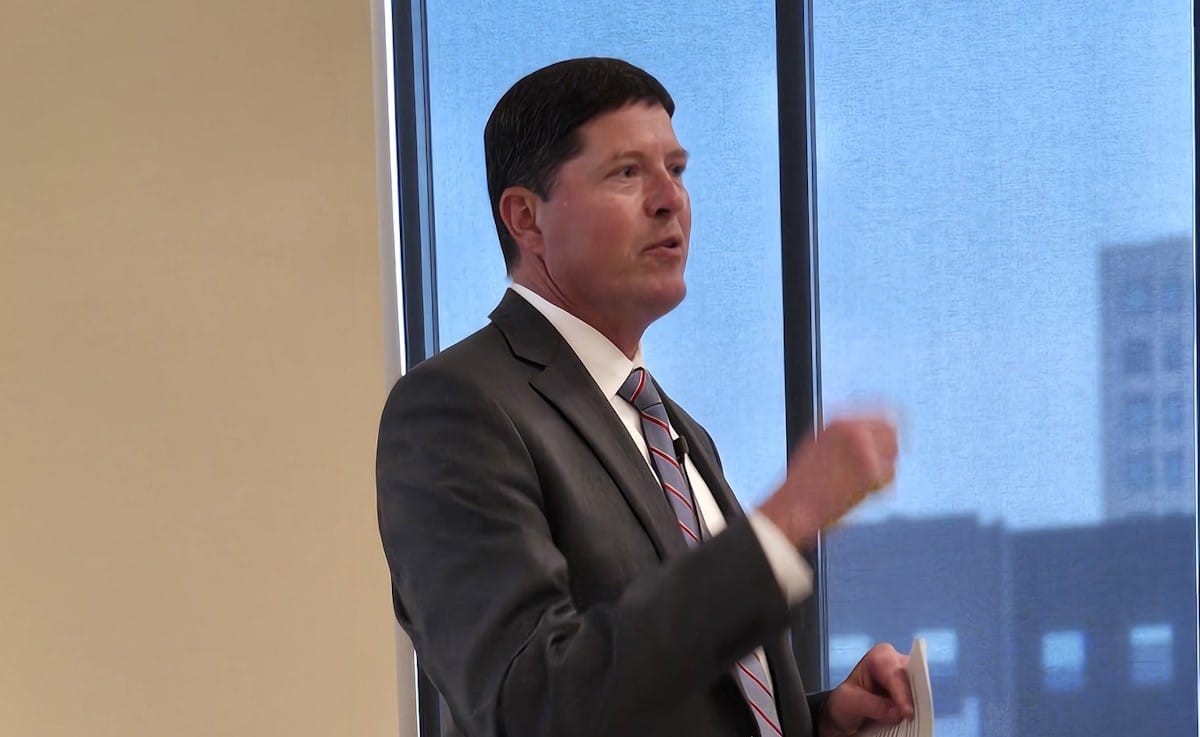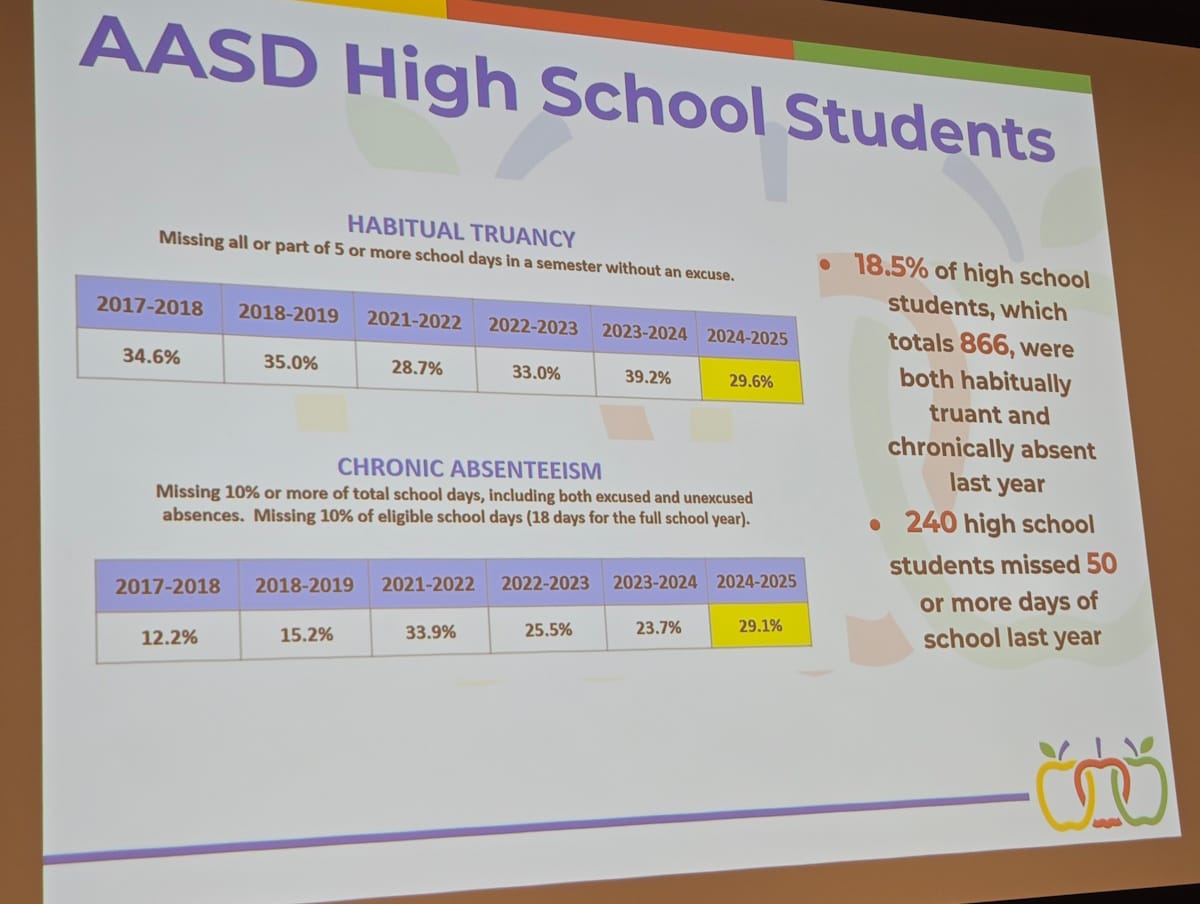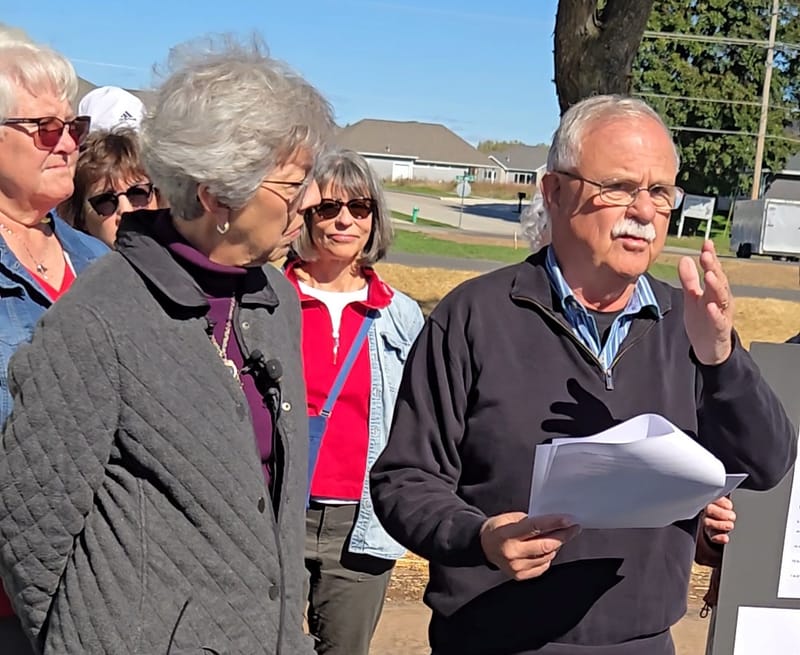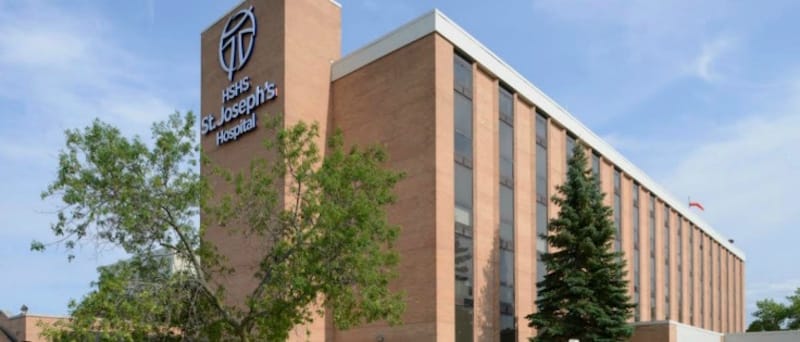AASD asks City of Appleton to deal with truancy, absenteeism
District recommends truancy citations only as a last resort

With more than 18 percent of high school students deemed habitually truant and chronically absent over the previous school year, the Appleton Area School District (AASD) has asked that the City of Appleton pass a truancy ordinance.
"Every one of you here in the room tonight cares about student success, or you wouldn't be here," said AASD Superintendent Greg Hartjes at a community listening session on Aug. 4 that was attended by 75 people. "We may disagree a little bit on how we're going to get there... but do understand we all want the same thing for the kids in Appleton. We want them to be successful. Attendance is the first step.
“We have way too many kids missing way too much school,” he added. “We can't help kids be successful if they're not here.”
The state defines a truant student as one who is unexcused from all or part of five school days in a single semester. A student is considered chronically absent if they miss 10 percent or more of the school year—roughly 18 days—for any reason.
AASD believes that a new ordinance could provide a necessary framework for approximately 30 of those students who have failed to respond to any interventions.
The idea for the ordinance came from a study group formed two years ago to tackle the attendance issue. This group recommended a multi-pronged approach that included:
- Providing more transportation options
- Creating a more engaging curriculum
- Adding attendance coordinators
- Establishing a city truancy ordinance
Since then, the district has added new transportation options and hired two attendance coordinators. The curriculum is also under continuous review. With the district currently facing a $13 million deficit, funding constraints have created challenges.
The district noted that most municipalities in Wisconsin already have a truancy ordinance in place. The Common Council would determine the specifics of any ordinance it might approve.



District Attendance Coordinator Stephanie Marta
Truancy citations as a last resort
As far as what an ordinance might look like, Hartjes said the district supports several potential consequences for a truancy citation. Those include requiring a student to attend school, counseling, or an educational program; suspending their driver's license; revoking their work permit; or fining the student or their guardians $250.
However, the district does not support other measures. They do not want to order counseling for a student's guardians, restrict a student's movement from their home, or send a student to shelter care. The use of shelter care was a point of controversy when Outagamie County's truancy court was active from 2009 to 2018.
Stephanie Marta, Secondary Attendance Coordinator, said the district would want any truancy citation to be a last resort.
“After the attendance team has exhausted all possible resources and interventions, and the student and family are not responsive or engaging with us, or the student is still not attending school at all, that would be a time when we would consider a truancy citation,” she explained.
The school district provides mental health support for students and staff through counselors, social workers, and psychologists. To further clarify the district's role, Laura Jackson, Executive Director of Student Services, said, "We need to maintain our roles in education and allow when something more is needed, those professionals with a clinical background will support our students’ mental health outside the school environment."
During the session, questions were raised about the targeting of specific demographics for interventions, the effectiveness of these interventions, and whether restorative justice strategies are being employed. Several suggested that all interventions be tried, including positive reinforcement strategies, before a truancy ticket is considered, and that there be a thorough review at each step in the process. One suggestion was to replace any potential fine with community service hours.
The district recommends a four-semester trial period for the ordinance, followed by a comprehensive review. The Common Council is expected to take further action on this matter in the fall.
Questions generated during the small group discussions will be added to the previously prepared list of common questions and answers. It will be available on the District website.






